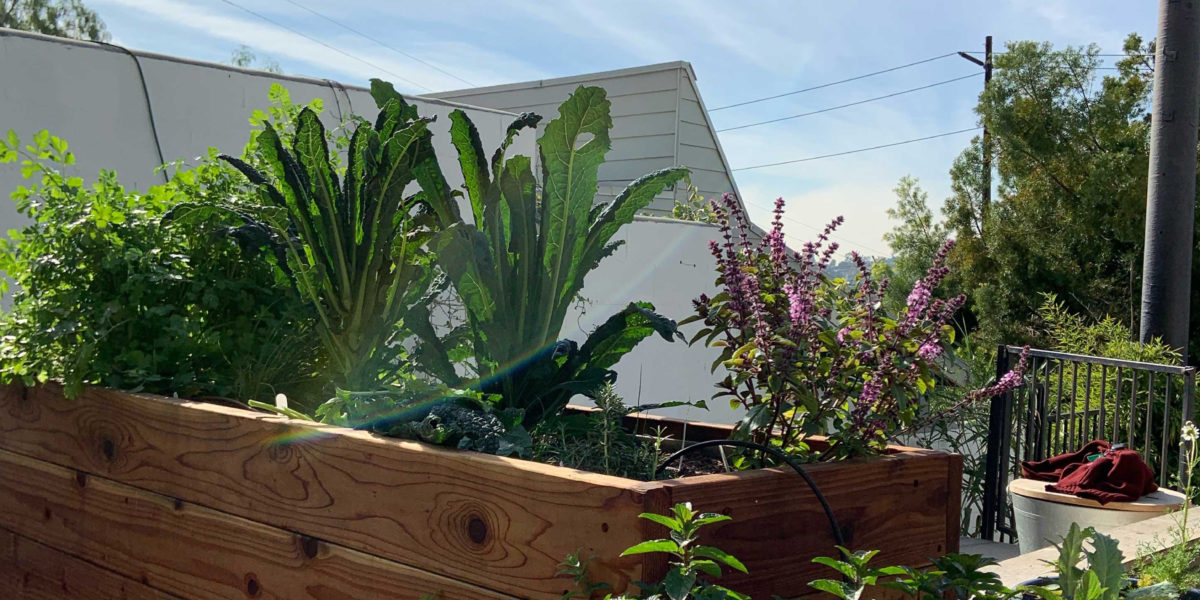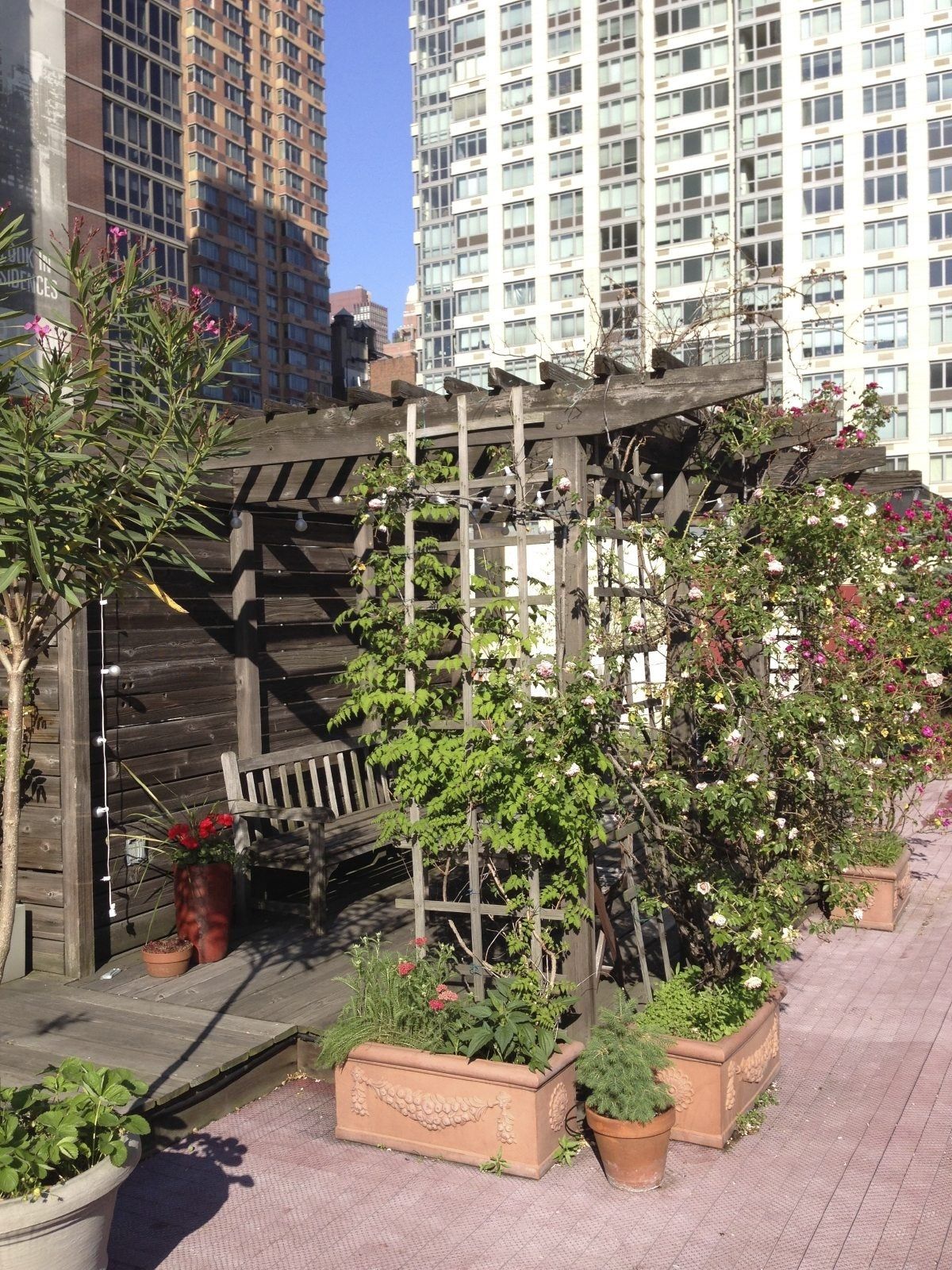Not known Factual Statements About City Blooming
Table of ContentsThe Of City BloomingSome Known Facts About City Blooming.Get This Report on City BloomingAll About City BloomingAn Unbiased View of City Blooming
Interested in expanding food available for sale in the City of Chicago? Thinking concerning beginning a neighborhood garden? Changes to the Chicago Zoning Ordinance allow agricultural uses like neighborhood gardens and metropolitan ranches in several parts of the city. Below is a list of regularly asked inquiries relating to the guidelines and regulations that farmers must think about when planning an urban farming job.
The zoning modification does not customize any type of various other codes taking care of composting, building licenses, purchasing or renting City had home, business licenses or ecological contamination. There are existing codes that control these issues and they remain in full result and may be applicable to your task. Area gardens are typically owned or taken care of by public entities, public companies or community-based companies and preserved by volunteers.
Urban ranches grow food that is meant to be sold, either on a not-for-profit or for-profit basis. Due to their industrial objective, metropolitan ranches require an organization license. Yes. An area yard is allowed to market excess generate that was grown on site if the sales are accessory or secondary to the yard's primary objective described above.
7 Easy Facts About City Blooming Explained
Composting is permitted yet only for plant product that is generated and utilized on website. The quantity of garden compost product can not exceed 25 cubic lawns at any kind of provided time according to the requirements in 7-28-715 of the City's Municipal Code. Yes. Because the dirt at the majority of brand-new garden sites requires amending, garden compost, soil, timber chips, or various other materials can be acquired to create or boost the expanding room - fruit and vegtables.

If a building authorization is needed after that the hoophouse will certainly be thought about an accessory building. You can figure out even more about the structure license demands by contacting the Division of Structures. The 25,000-square-foot dimension limitation is meant to avoid a single area garden from controling a provided block or diminishing the block's existing property or industrial personality.
The limitation does not put on yards located in Public Open Space (POS) areas. Can there be more than one neighborhood garden that is 25,000 square feet on a single block? Yes. The dimension restriction relates to individual gardens, not to private blocks. No. Secure fencing is not required, nonetheless, yards that have big vehicle parking areas might be required to mount fence or various other landscaping functions.
Some Known Details About City Blooming
B1 & B2 districts require that all business usage tasks be carried out inside. R districts limit industrial task. The regulations show the function and intent of the Zoning Code. Is fencing required for metropolitan ranches? Yes. Fencings might be called for, along with landscape design and screening, for specific parking lot and outside job or storage areas relying on location and the certain task occurring.
Urban farms call for structure authorizations and zoning authorizations prior to building (container and raised bed gardening etc.). Other kinds of city testimonial might be called for depending on specific frameworks, activities, dimension, landscape design, licensing, public heath and stormwater management concerns.
The Department of Business Affairs and Consumer Defense can assist identify the certain type of company license that's needed. Off street vehicle parking is required for the majority of commercial tasks in Chicago. The called for number of car parking spaces is based on the number of staff members functioning on website and not the square video of the growing room.
The smart Trick of City Blooming That Nobody is Discussing

Yes. A city ranch can sell garden compost material produced on website, however, the procedure has to abide with the guidelines in 7-28-715 of the Chicago Municipal Code. Yes. Aquaponic systems are enabled indoors on city farms in many zoning areas. Nevertheless, a zoning testimonial and building permit is needed in order to install frameworks or systems and a service certificate is required as described over.
Approximately 5 hives or colonies of honey might be kept as an accessory use. Beekeepers should register with the Illinois Department of Agriculture. For additional web link information concerning the suggested zoning change you might speak to the Division of Housing and Economic Growth, Bureau of Preparation and Zoning at 312.744.8563.
Farming in cities and metropolitan areas A city farm in Chicago. Urban farming describes various techniques of cultivating. https://canvas.instructure.com/eportfolios/2986028/Home/City_Gardening_A_Green_Oasis_in_the_Concrete_Jungle, handling, and dispersing food in urban locations. The term likewise puts on the area tasks of pet husbandry, tank farming, beekeeping, and cultivation in an urban context. Urban agriculture is distinguished from peri-urban farming, which happens in country locations beside residential areas.
Some Known Questions About City Blooming.
, that look for to develop social networks started on a common values of nature and community holism. These networks can create by way of formal institutional assistance, becoming incorporated right into local community preparation as a "transition community" motion for lasting metropolitan advancement.
Some of the first evidence of urban agriculture comes from Mesopotamia.